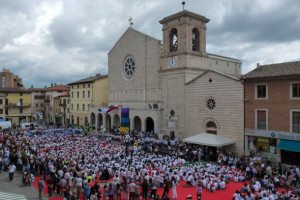
Originally named Insula Romana, as it was historically an island surrounded by Lacus Umber, the ancient lake which once covered the Umbrian Valley. Now a bustling residential and business center, the town’s main sites are the Collegiata di Santa Croce and the Rocca Baglionesca. Source: “La via di Francesco” – Edizioni San Paolo S.r.l.
DETAILS
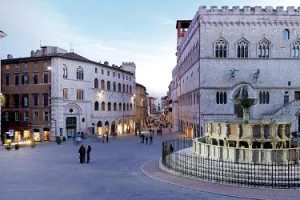
The origins of this city are Etruscan (there are a number of important remains, including the city walls, the well, and the monumental arch). In Medieval times, the city center blossomed around Piazza IV Novembre, where Palazzo dei Priori, the Fontana Maggiore and the Cattedrale di San Lorenzo all stand. You will need at least a full day to tour Perugia, …
DETAILS
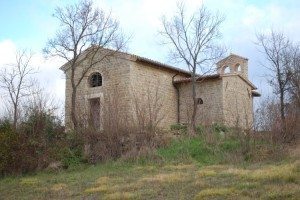
Count Jacopo Bigazzini was a fervent admirerer of Saint Francis and hosted him frequently at his castle, of which just a few ruins remain. Instead, the Medieval church dating from 1057 located along the devotional “Way of the Cross” from the 1700s is still open to visitors. Source: “La via di Francesco” – Edizioni San Paolo S.r.l.
DETAILS
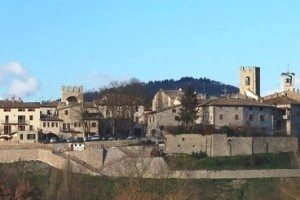
The history of this town is linked to the Abbazia di Santa Maria in Vado Fabricae, one of Umbria’s oldest monasteries. Of the original complex, only the church remains, with frescoes from the Umbrian School. The church of San Sebastiano and, outside of town, the church of Madonna della Foce (or della Neve) from 1636 are …
DETAILS
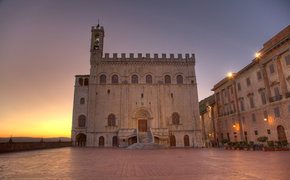
Gubbio is one of the towns most linked to Saint Francis, perhaps because of the peace treaty the Saint mediated in 1200 between the citizens of the town and the fierce wolf that was terrorizing them. Perched on the slope of Monte Ingino and known in ancient times as Ikuvium, Gubbio is home to the …
DETAILS
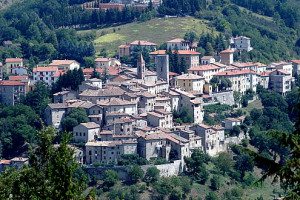
The village, perched over the Carpinella Valley, is surrounded by rolling, wooded valleys which have been populated since ancient times thanks to their fertile pastures, from which the original name of the town - Pratalonga - was derived. On 11 September, 1334, Giovanni di Lorenzo of Picardie (France), who was passing through Pietralunga on a pilgrimage to …
DETAILS
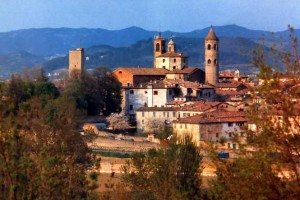
Città di Castello si distende lungo l’Alta Valle del Tevere, al confine con la vicina Toscana. Nel 1224, poco dopo aver ricevuto le stigmate, Francesco fu ospite presso la casa della famiglia Salamacchi, situata di fronte all’attuale Monte di Pietà (FF 442). Città di Castello da sempre ebbe un culto altissimo dell’arte: vi lavorarono artisti …
DETAILS
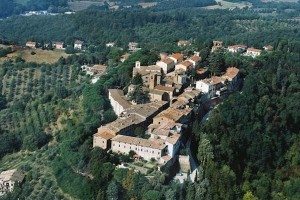
Built on a hilltop in the Upper Tiber Valley, this town has all the characteristics of a surveillance fortress. The small center is worth a visit: the church-museum of San Francesco holds a number of important artworks (be sure to hear the fascinating story of the terracotta by Donatello); the church of San Michele Arcangelo has a Crucifixion by …
DETAILS
© FRANCESCO'S WAYS | Privacy Policy | Crediti
